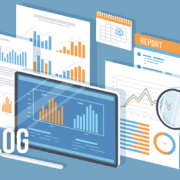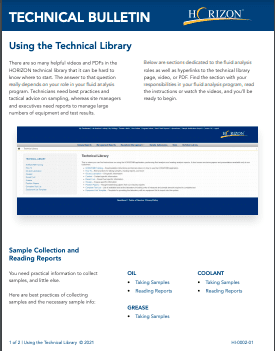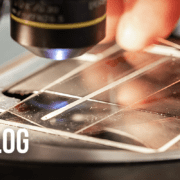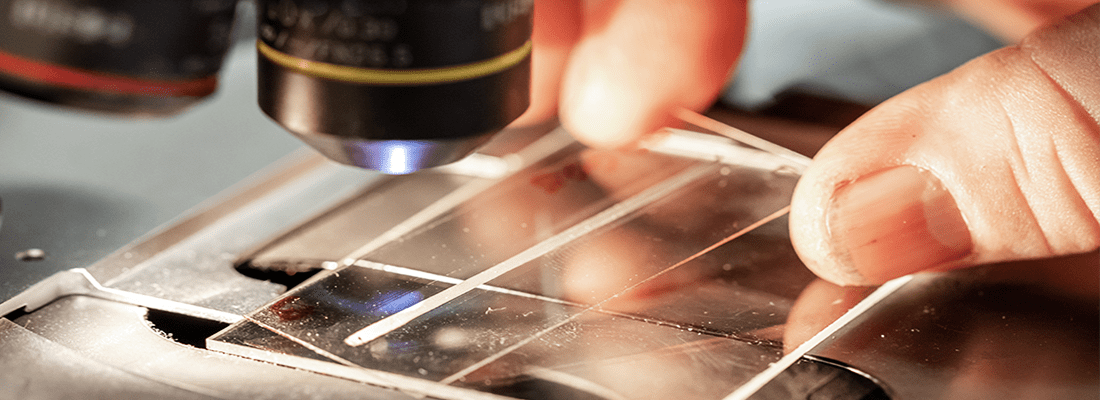Your Guide to the HORIZON® Technical Library
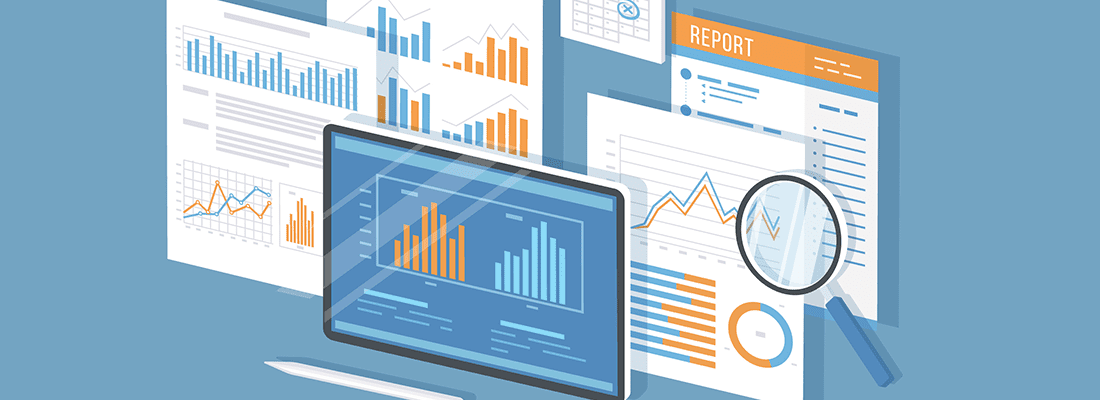
There are many helpful resources, videos, technical bulletins, position papers and reports to run in the HORIZON® Technical Library that it can be hard to know where to start. So, where do you start? Well, it depends on your role in your fluid analysis program.
- Are you a technician pulling samples?
- You need practical information to collect the most accurate fluid samples
- Are you submitting and shipping the samples?
- You need to know the ways to get those samples submitted and shipped as soon as possible
- Are you a maintenance supervisor?
- You need to know what maintenance needs to be done immediately, what can wait for tomorrow and what samples need to be pulled so you can stay ahead of the breakdown
- Are you a site or operations manager?
- You need daily, weekly, monthly,and quarterly reports sent to you automatically
- Are you a program manager or executive?
- You need reports to see your program as a whole as well as resources to integrate your sample data into the systems you’re already using
We’ve put together a quick guide to understanding where you need to be within the Technical Library to get the most out of what resources are there:

Proven Impact. Proven Uptime. Proven Savings.
Let us prove it to you.

